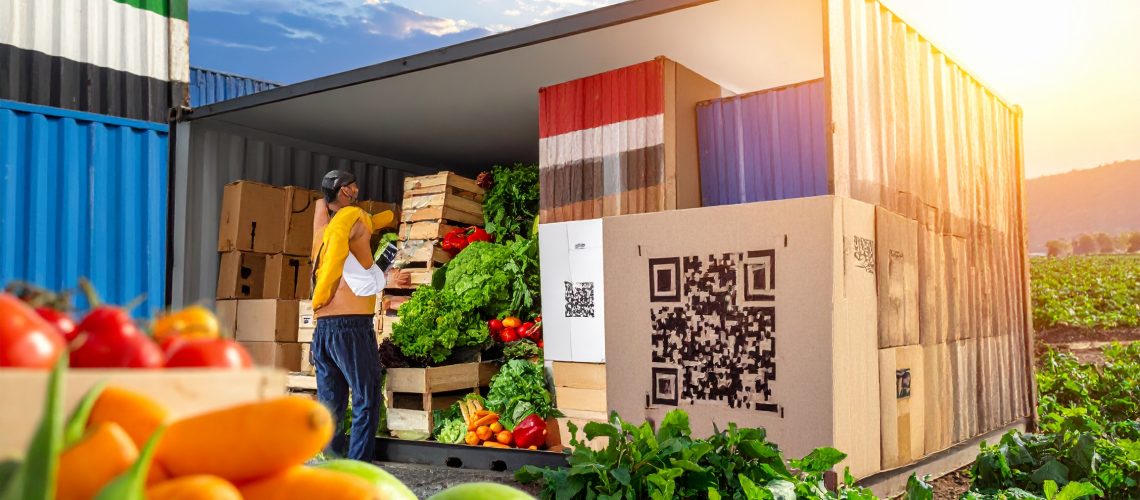A few years ago, importers in the Middle East mostly looked for one thing the best price.
Today, they’re looking for something very different trust. Trust in the quality, in the source, and in the systems behind what reaches their shelves.
For exporters in India, this is more than a shift it’s a sign of maturity in the GCC market. And those who understand these changes early are already ahead of the curve.

Three Major Trends Shaping the Middle East’s Food Import
1. The rise of premium and traceable produce
Freshness now needs evidence. Importers demand full visibility from farm to shelf not promises, but proof. Whether it’s export-grade leafy vegetables from India, banana leaf shipments, or green chilli exports, traceability is now the true measure of value.
Saudi retailers increasingly expect QR-based certifications and live temperature data, pushing exporters who can deliver verified freshness to the front of the line. For reliable Indian suppliers, transparency has become the fastest way to build long-term partnerships.
2. Technology as the new foundation of trade
Tech isn’t optional it’s the backbone of the modern supply chain.
IoT-enabled cold chain systems are cutting spoilage by nearly 25%. From smart sensors to predictive alerts, data now ensures freshness survives every mile.
Exporters using temperature-controlled logistics for farm-fresh export from India give importers confidence that every consignment arrives at peak quality — no matter the distance or climate.
3. Sustainable sourcing as a new standard
Sustainability is no longer a buzzword; it’s a buying requirement.
GCC importers are prioritizing suppliers with eco-friendly packaging, solar pre-cooling, and low-waste systems. Forward-thinking exporters are responding by adopting recyclable materials, optimizing water use, and integrating sustainability reporting into audits.
“Responsibly grown” is now as important as “freshly harvested.”
What this means for Indian exporters?
The Middle East’s food import market is set to exceed $90 billion by 2030, and India remains a key supplier. But growth will depend on exporters who blend freshness with proof, technology with trust, and scale with sustainability.
In this evolving market, credibility travels farther than cargo.
Conclusion
The Gulf’s food market is changing not away from India, but closer to the kind of India that’s evolving. An India that sends its produce not just packed, but proven.
In this new era of trade, the exporters who grow with the market will be the ones who last the longest.

